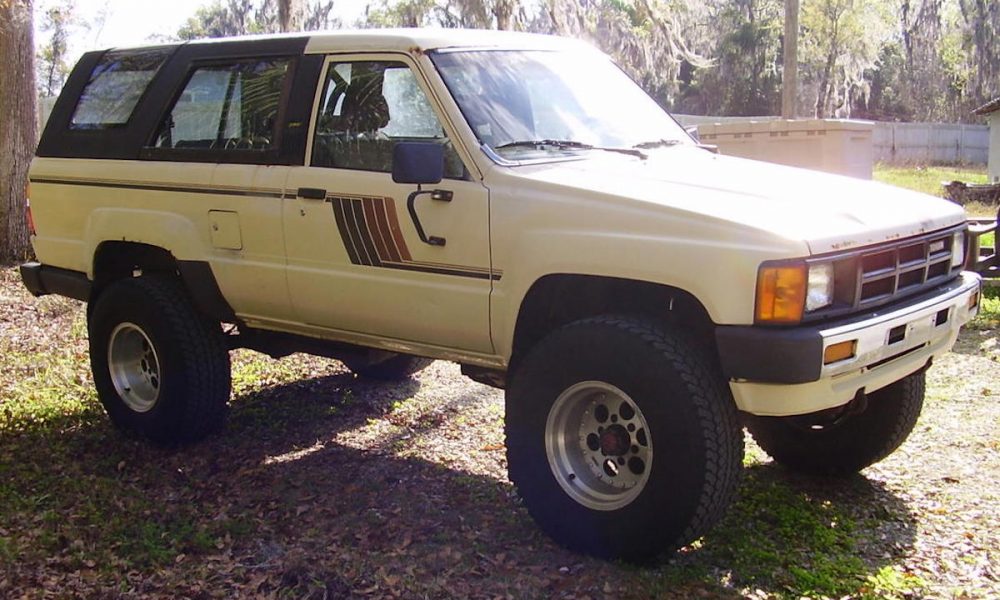The American automotive market really came into its own in the 1970s and 1980s. American car companies were essentially in competition with Japanese carmakers who seemed to always “one up” everything that they came up with. Until this time, the majority of midsize American sedans were not as reliable as comparable cars made elsewhere. Therefore, American consumers started to purchase cars like the Honda Civic and the Honda Accord.
Although the full-size pickups made in Detroit, Michigan aka the Motor City have always had a reputation as being first in their class, in the 1980s Japan automakers began to produce compact and midsize trucks that gained popularity in the American market. The main reason for this was the fact that they were simple mechanically but also super reliable.
One of the smartest decisions that Toyota has ever made was to develop the Toyota 4Runner. Production began in the 1980s and there have been newer models released every few years since then. It was exactly what car buyers were looking for at the time and arguably what many are still looking for today.
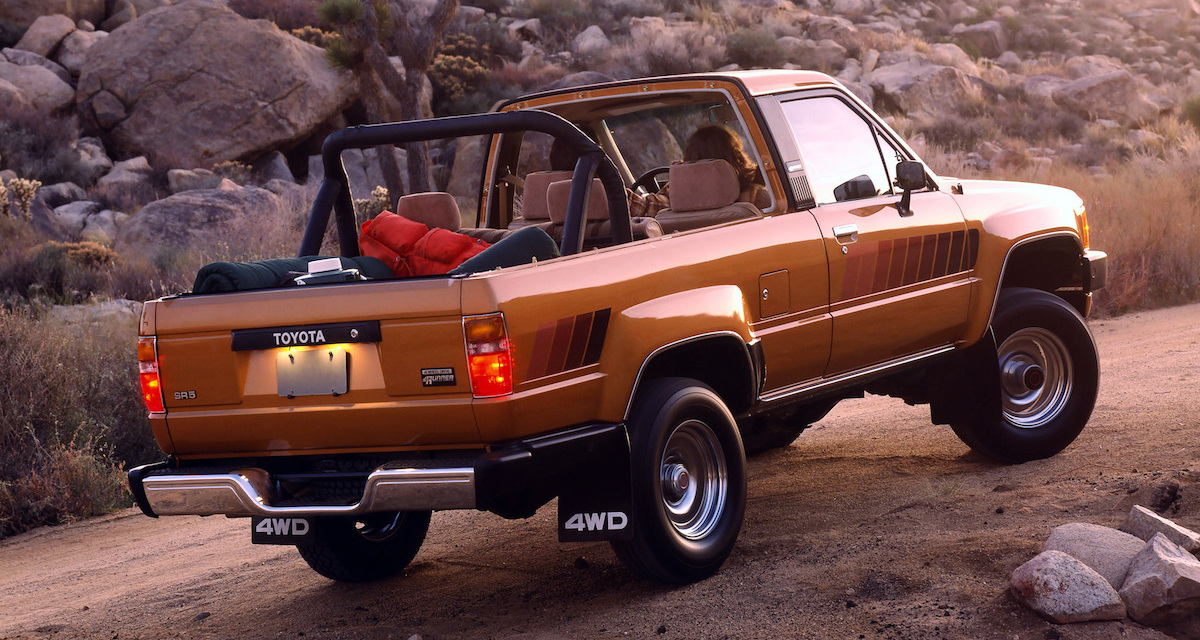
The SUV market was booming by the early 1980s. It was at this time that it began to branch into multiple different niche markets. Of course, there were the typical full-size two door models that were modeled after full-size pickups and were built to be driven both on-road and off. Perfect examples include the Ford Bronco and the Chevy Blazer. These two solid-axle 4×4 vehicles came fit with a removable fiberglass cap, which allowed drivers to remove the fiberglass caps, allowing them to drive with the top open essentially anywhere. Meanwhile, Chrysler’s main competition the Dodge Ramcharger had just been redesigned, with similar features but a non-removable steel roof.
The issue with these body-on-frame truck models was that they had already began to look dated when being compared to the newer SUVs that were beginning to be made available. For instance, the compact Bronco II was released by Ford and the S-1o Blazer and S-15 Jimmy were released by General Motors. Shortly after, the smaller version of the Cherokee made by JMC Jeep came on to the market. Then, the piece de resistance, the Toyota 4Runner became the forerunner of the SUVs of the time. This model that is the star of this article seemed the solution that many were looking for: a combination of the two aforementioned camps.
Car developed at Toyota likely had no idea that the 4Runner would have such a large following nor would it become a classic car model that we would be talking about more than thirty years after it was first released.
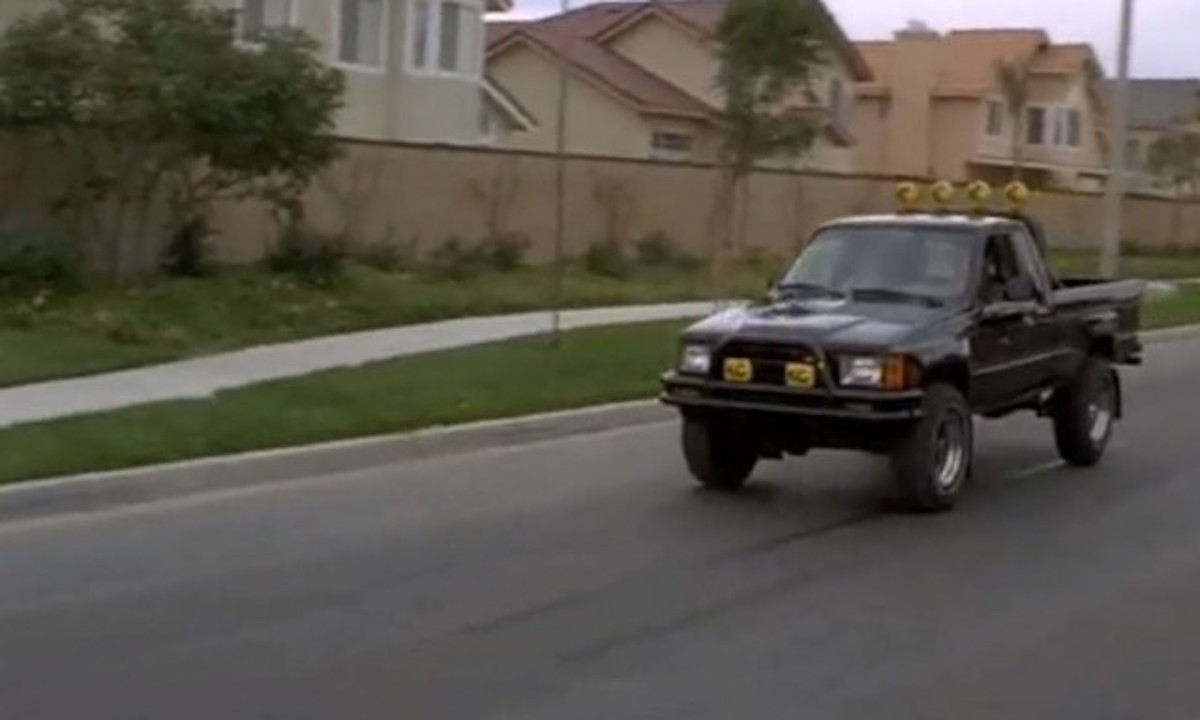
Toyota first came to the table with the idea of producing an SUV in 1981. This was right around the time that they started their partnership with Winnebago in order to develop the Trekker, a Hilux pickup. The Hilux is likely most well known as being the truck driven by Mary McFly in the Back to the Future films. In less than two years, over 1,500 examples of the Toyota Trekker were sold which is no surprise since it was essentially a smaller version of the very popular Jeep Cherokee.
Moving on, the Hilux seemed to be exactly what car buyers had been looking for: a simple but rugged and reliable truck. It was able to go against some of the worst types of terrain and weather conditions. This model was formerly known as the Toyota Truck in the United States of America and was popular as it was not only one of the smallest 4x4s available for sale at the time but also one of the most affordable.
The Trekker served essentially as a demo for the Toyota 4Runner, allowing Toyota to use it to perform research in order to be able to learn how to best develop the 4Runner in time for the 1984 model year.
At about the same size as the Jeep Cherokee of the same year, the 4Runner was actually similar in style to the Bronco when it came to execution. Cay buyers were given the option of three different models: a) a base with two seats and a large-sized bed, b) a model with a rear bench, allowing it to fit up to five people, and c) the SR5 model which came equipped with a bigger fuel tank and a more detailed interior.
This model of the Toyota 4Runner offered customers the reliability of the Toyota Truck and this is the main reason that more and more customers decided to purchase the 4Runner model. In addition to dependability, Toyota customers were big fans of the five-speed manual transmission and four-wheel drive.
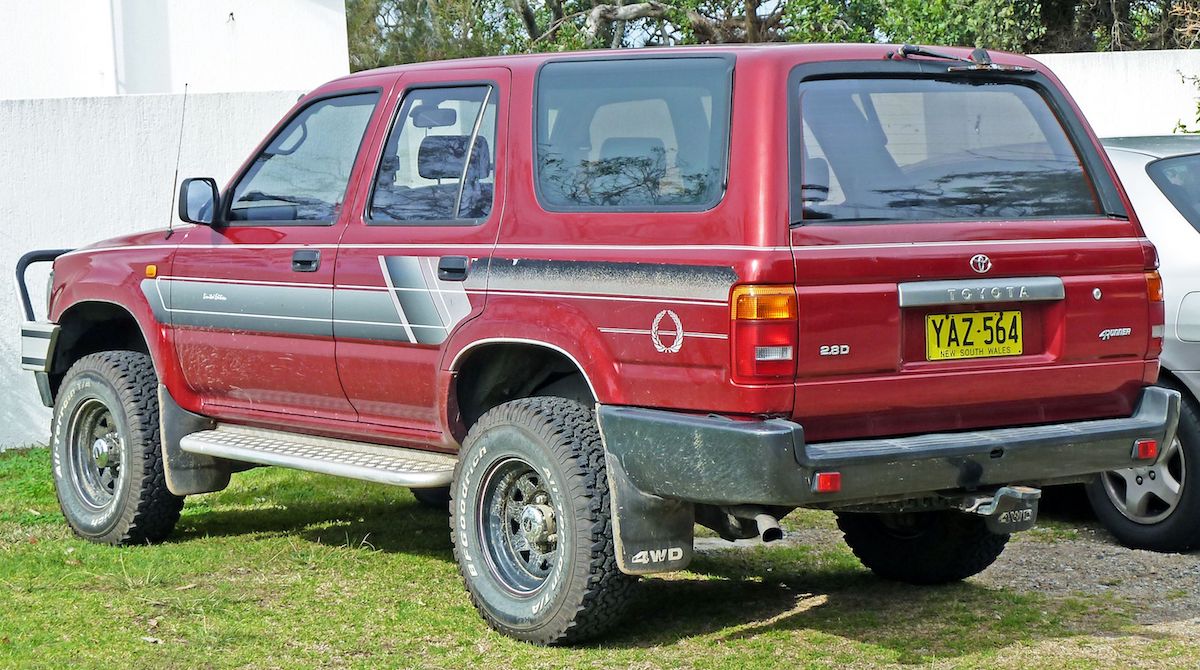
The Toyota 4Runner was at the top of the list when it came to adventure vehicles of that time. Customers were drawn to the ability to drive it on and off-road with its solid axles. This is the main reason it has had such a huge following.
What you likely don’t know is that the so-called Chicken Tax, a 25% tariff on certain items, was charged on imported compact trucks with more than two seats. Therefore, Toyota’s solution was to install the rear seats on the 4Runners only after they arrived on American soil at the American dealerships. Rear seats were then made available on all models.
The 1985 model of the 4Runner brought with it many major changes that included sturdier rear springs and a 2.4-liter fuel-injected 22R-E engine (moving away from a carbureted 22 engine).
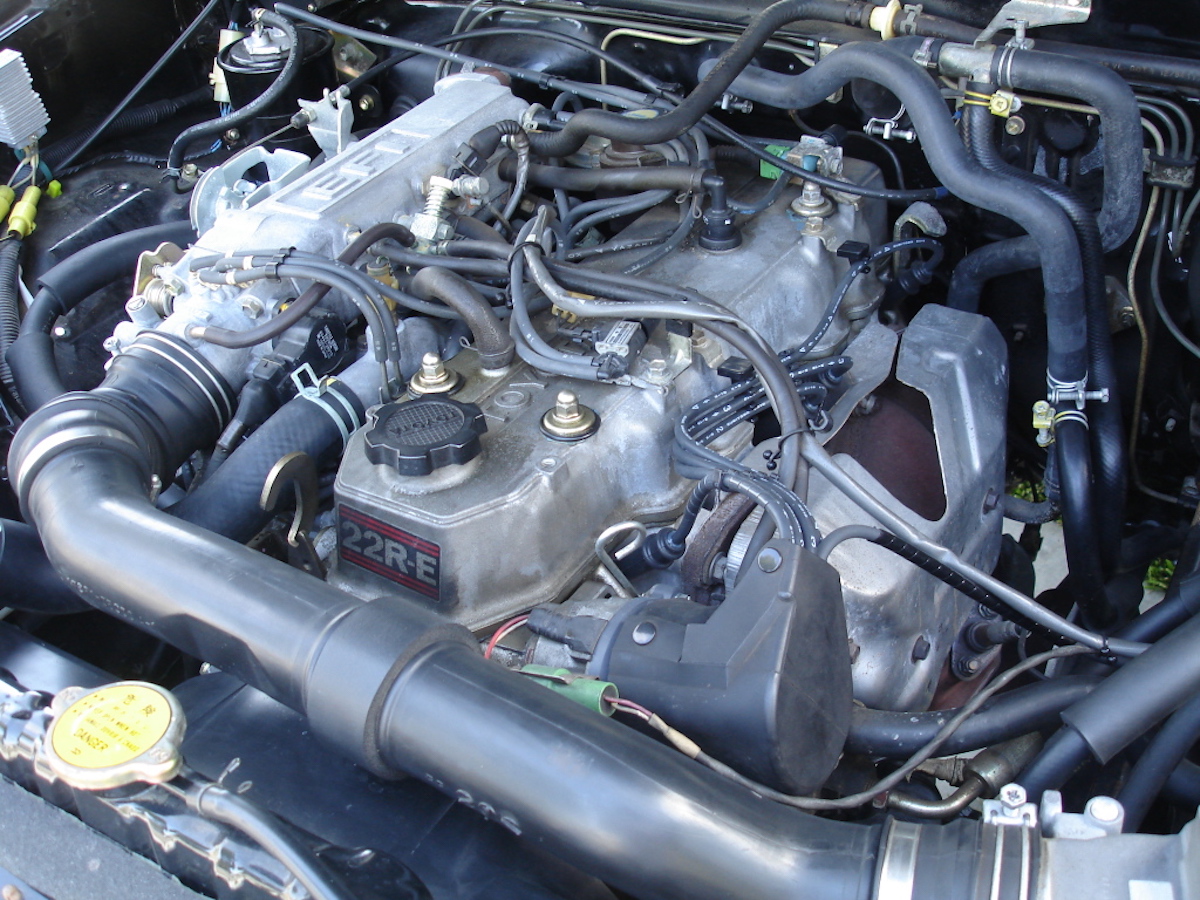
Speaking about engines, a turbo engine was made available for the 2.4 liter fuel-injected engine. However, this was only the case for the automatic model and only until 1987. Therefore, the 1986 model was arguably the most rare first-generation of all the Toyota 4Runners.
Sadly, the 1986 model lost some of its reputation, even though it was then offered with a 3.0 liter V6 engine which allowed for a significantly more powerful truck.
The first generation of the 4Runner ended in 1989, and only a few changes were made to this very important part of the family of Toyota trucks.
When it came to the 1990 4Runner was more refined than previous models. It was also different in that it sported 4, and not 2, doors. Why not take the whole family on an off-road adventure? Believe it or not, the second-generation model outsold the original 4Runner model and this is what lead to Toyota being at the top when it came to the SUV boom.
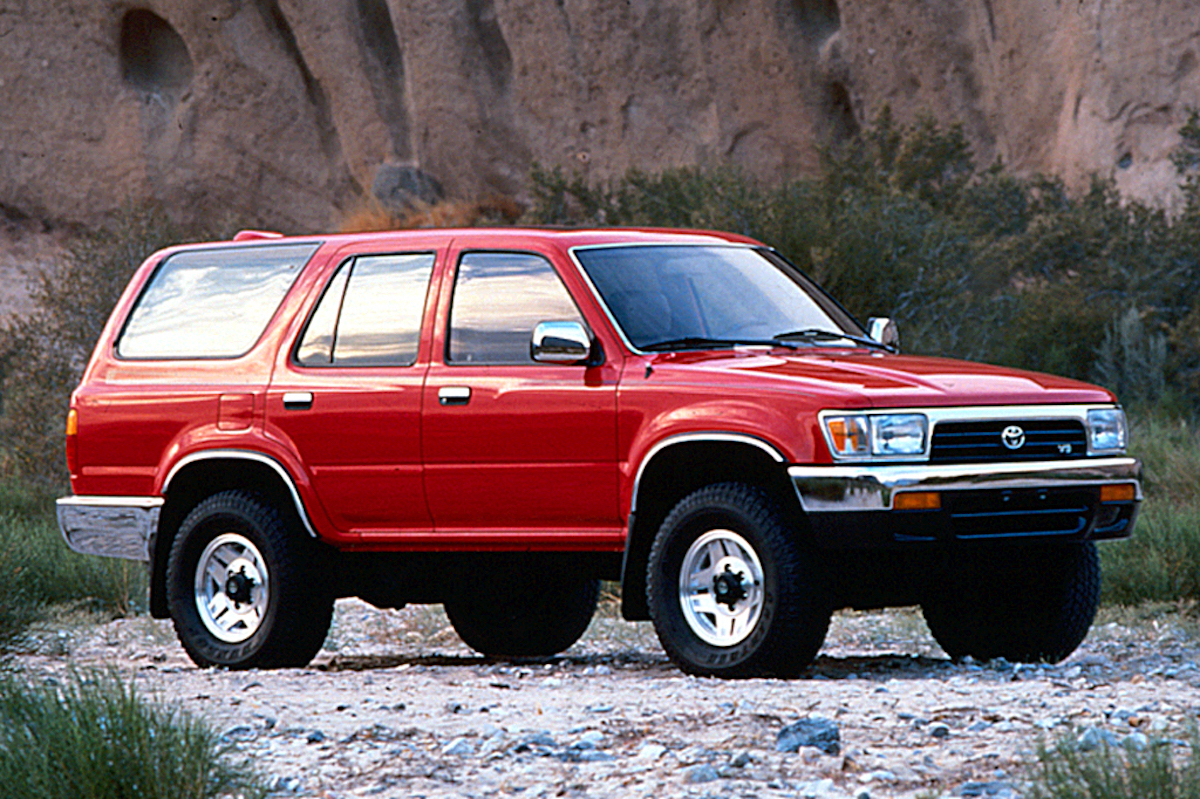
Today’s 4Runner model is only available with four doors. Toyota was smart and stood with what has seemed to work for them over time. Not much has changed in the last 25 years and the newer models are based largely on the second-generation model. This has allowed for the 4Runner to continue to be one of the best trucks to take off road. However, some would argue that the 4Runner peaked in greatness in the years between 1984 and 1989.
The Toyota 4Runner model has allowed for a great deal of fun for drivers both off-road and off. At the time, other truck models were considered to be less reliable than the dependable 4Runner. In only a short amount of time, the 4Runner developed a reputation of being one of the most reliable trucks on the market. It also didn’t hurt that it simply looked great.
The one main issue that some have with the 4Runner is that it can be a real gas-guzzler. It definitely is not a car that won’t cost you when you go to the pump to fill up. However, this should come to you as a surprise. The fact is sometimes vehicles like the 4Runner that are made for both speed and adventure are going to cost more money to get on the road.
Although there has been some speculation that the 2018 model will be changed to a unibody design, this has not been confirmed and most 4Runner fans hope that this is not the case. And for good reason, body-on-frame models simply tend to be more powerful.
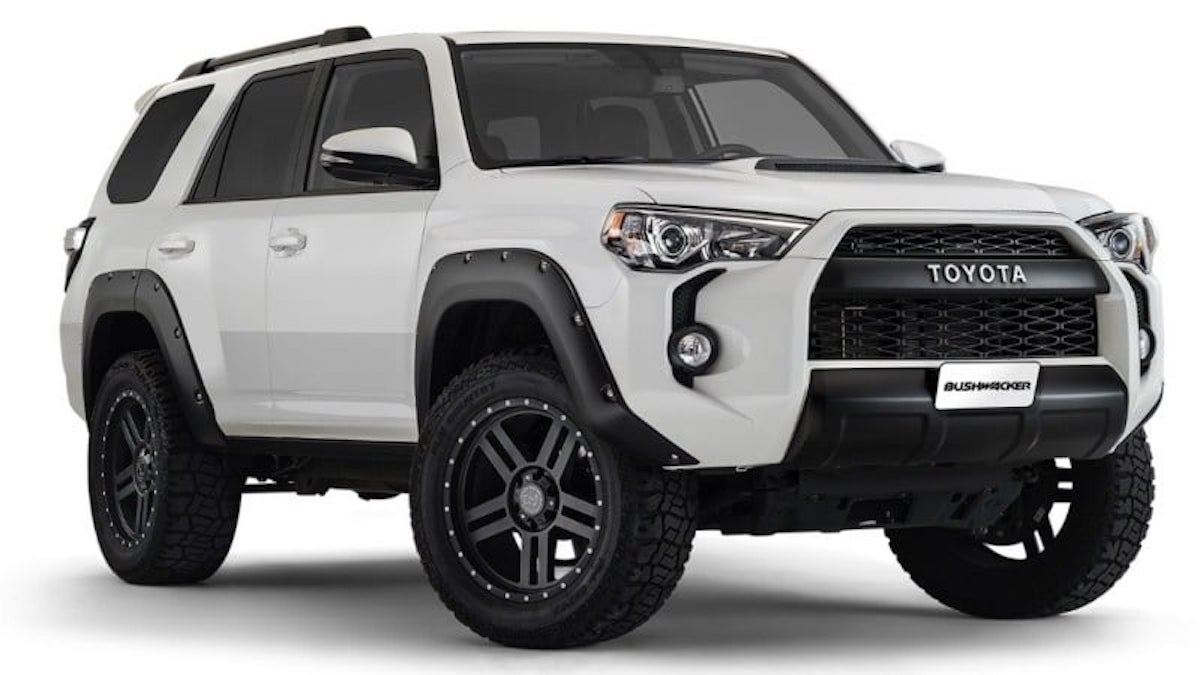
We hope that you enjoyed our list of reasons why the Toyota 4Runner has stood the test of time and is continuing to be produced today. It is arguably one of the last “real SUVs” on the market today. We are just disappointed that there were more two-door, solid SUVs on the current market.
We will leave you with a quote by Taiichi Ohno, Japanese engineer known as the father of Toyota. “The key to the Toyota Way and what makes Toyota stand out is not any of the individual elements.. but what is important is having all the elements together as a system. It must be practiced every day in a very consistent manner.”
Comments
0 comments
